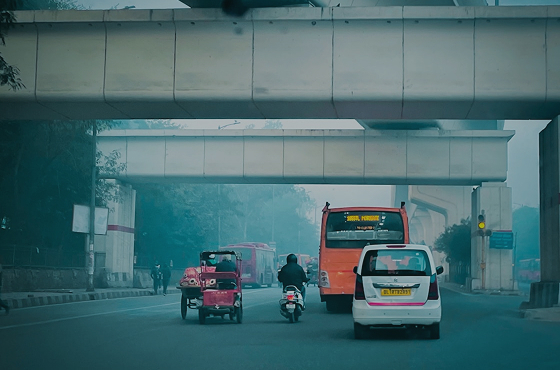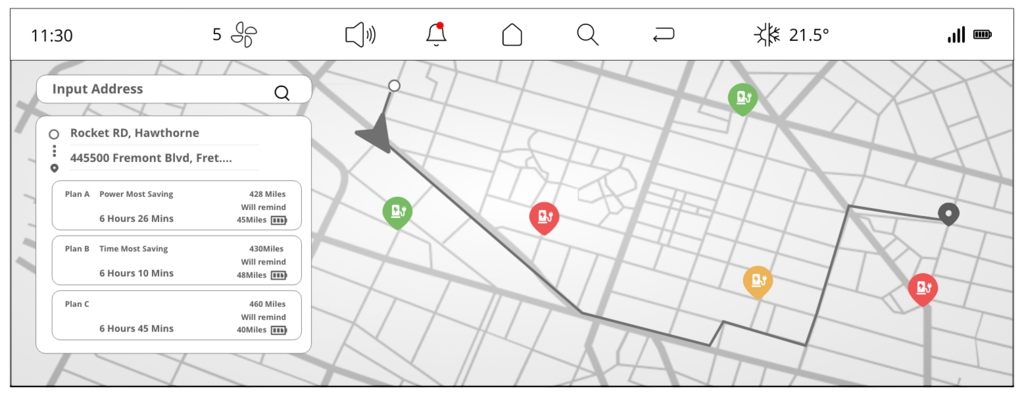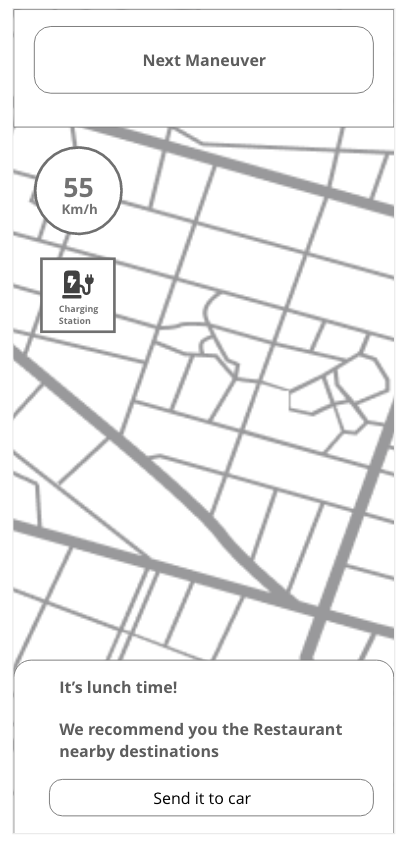
Key Contributions
- Adapted interview style and tone to build trust with Indian EV users and EV buyers
- Co-created and facilitated a 3-day workshop with stakeholders in India
- Mapped 150+ use cases from research insights and stakeholder input
UX designer
6 Months
1 Project Lead
1 Matter Expert
2 UX designers
Adobe XD
Miro
2022
100%
Recognizing the criticality of context, our team completed an Intercultural Training Course led by an Indian university professor prior to research. This strategic step allowed us to adapt our interview style and tone, ensuring our user research was culturally sensitive and effective, which was key to unlocking genuine user insights.

The Tata Motors project spanned six months, during which we conducted research involving ten users from India, all of whom were brand customers.
The client directed us to focus on the product's usability from when users leave their homes until they reach their destinations, covering short and long journeys.

We identified design opportunities by analyzing interview data, looking for recurring patterns across EV drivers and buyers. After carefully re-listening to the sessions, we mapped out their pain points in a structured Excel document. This allowed us to focus on solving the most critical user frustrations and transform them into clear, actionable design directions.

The next step was to compare our research findings with Tata’s use cases and some existing ones from Luxoft. To align everyone, we organized a workshop with over 20 Tata Motors team members. Together, we selected 5 final use cases to prototype in low fidelity.


Although our team focused on low-fidelity prototypes, a co-creation workshop, and a stakeholder presentation, Tata Motors went on to develop their own product based on our research.
The gallery below shows real product images from Tata's vehicle interfaces, where our insights were implemented. It’s truly encouraging to see your work come to life in the market.
My dedicated efforts in this research phase were officially recognized with an extended salary bonus for the subsequent two years at the company, highlighting the project's strategic success.